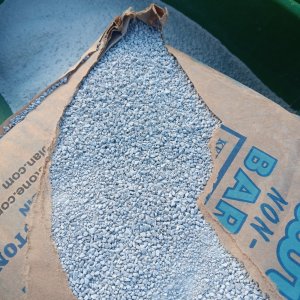bigboreblr
5 year old buck +
I've like pelletized lime because it also has magnesium in it.
Anybody seen negative effects of spreading lime and planting at the same time. I'vr always wondered what it does for germination. I know local big AG in NY spreads lime during dormant seasons in the winter. Not sure if it's just a slow time of year to catch up on field work. Always wondered if their effeorts just get leached out during spring rains.
An intersting thing I found out about limestone. It's a part of the clover innoculant coating. So im guessing it's not that bad for young seedlings. Wonder why they use it? Keep innoculant alive / dormant? Keep the seed dry during storage? High pH starts to dissolve the hard seed coating, like a chemical scarification?
Anybody seen negative effects of spreading lime and planting at the same time. I'vr always wondered what it does for germination. I know local big AG in NY spreads lime during dormant seasons in the winter. Not sure if it's just a slow time of year to catch up on field work. Always wondered if their effeorts just get leached out during spring rains.
An intersting thing I found out about limestone. It's a part of the clover innoculant coating. So im guessing it's not that bad for young seedlings. Wonder why they use it? Keep innoculant alive / dormant? Keep the seed dry during storage? High pH starts to dissolve the hard seed coating, like a chemical scarification?




